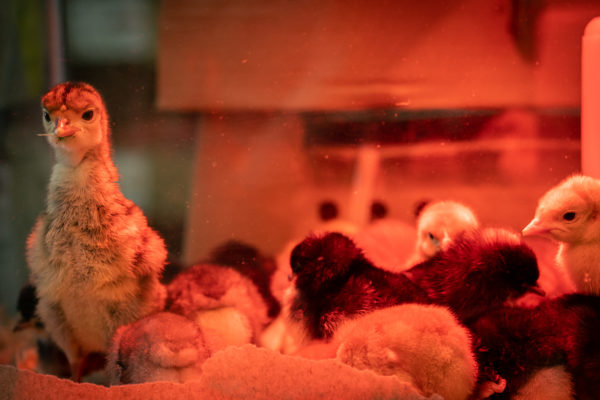
Alaska has confirmed its first case of a highly pathogenic strain of the bird flu that’s ripping across the country.
The virus case was found in a non-commercial flock of chickens and ducks in the Matanuska-Susitna Borough, according to the state Department of Environmental Conservation.
The virus is highly contagious and deadly among birds. According to the CDC, more than 35 million birds have been affected in more than 30 U.S. states. The risk to people is low.
Alaska State Veterinarian Dr. Robert Gerlach said the Mat-Su case confirms that migrating birds have brought avian influenza to Alaska.
RELATED: Alaska wildlife officials on the lookout for new, deadlier bird flu
A U.S. Department of Agriculture’s Animal and Plant Health Inspection Service post says samples from Mat-Su flock were confirmed at the agency’s labs in Iowa. It also said state officials quarantined the impacted property and the birds there will be “depopulated to prevent the spread of the disease.”
Gerlach said the state is relying on bird owners to watch for and report signs of the illness, including nasal discharge, sneezing and coughing, respiratory distress or the sudden deaths of multiple birds.
Precautionary measures for bird owners include preventing contact with wild birds and ensuring the virus is not transmitted between domestic flocks on shoes, clothing or tools.
The CDC reported the first confirmed human case of the avian flu strain in the U.S. on Thursday — a person in Colorado who worked culling poultry infected with the virus. The CDC says the patient’s only reported symptom was fatigue for a few days and that the individual is being isolated and treated with an antiviral.
The CDC says it’s the second known human case of this specific group of H5 viruses. The first occurred in December 2021 in the United Kingdom. The agency says more than 880 human infections with earlier H5N1 viruses have been reported worldwide since 2003.
[Sign up for Alaska Public Media’s daily newsletter to get our top stories delivered to your inbox.]
Dan Bross is a reporter at KUAC in Fairbanks.




